Editing Your Google Knowledge Panel: A Guide

Editing your Google Knowledge Panel involves verifying your identity and claiming your panel through Google. First, search for your name or business to locate your Knowledge Panel. Click on the “Claim this knowledge panel” link, and follow the verification steps, which may involve logging into social media accounts or providing official documentation. Once verified, you can suggest edits, add or update photos, correct factual errors, and include relevant information such as contact details, social profiles, and a brief biography. Regularly updating your Knowledge Panel ensures that accurate and current information is displayed, enhancing your online presence and credibility.
The Alter Ego Strategy for Online Reputation Management

The Alter Ego Strategy for online reputation involves creating and promoting a positive online persona to overshadow negative content. By developing a robust, engaging profile across social media, blogs, and professional networks, you can highlight your achievements, expertise, and values. Consistently sharing valuable content, participating in community discussions, and connecting with influential figures in your field helps boost this persona’s visibility. This proactive approach ensures that positive, relevant information appears in search results, effectively diluting the impact of any negative content and enhancing your overall online reputation. Working with an online reputation management company can streamline and optimize this process.
How to Remove Information from CaseMine
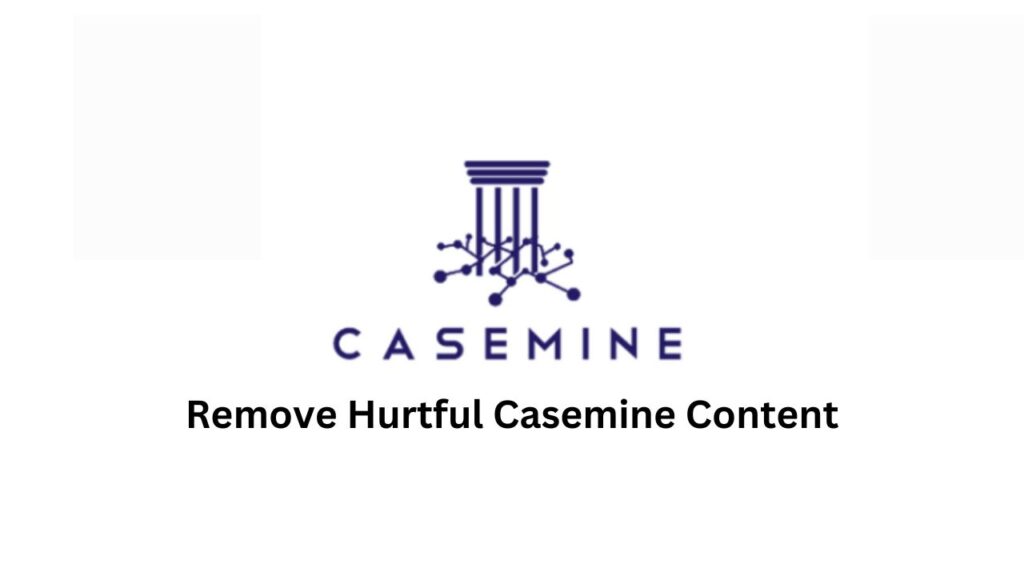
Removing information from CaseMine typically involves legal processes such as requesting redaction or deletion based on valid reasons like inaccuracies or privacy concerns. Start by identifying the specific content to be removed and gather supporting evidence. Contact CaseMine’s support or legal team with a formal request, citing relevant laws or policies. Alternatively, seek legal advice to ensure proper procedures are followed. Persistence and clarity in communication are key to successfully removing unwanted information.
Reclaiming Your Reputation: A Woman’s Guide to Overcoming Online Defamation After Divorce
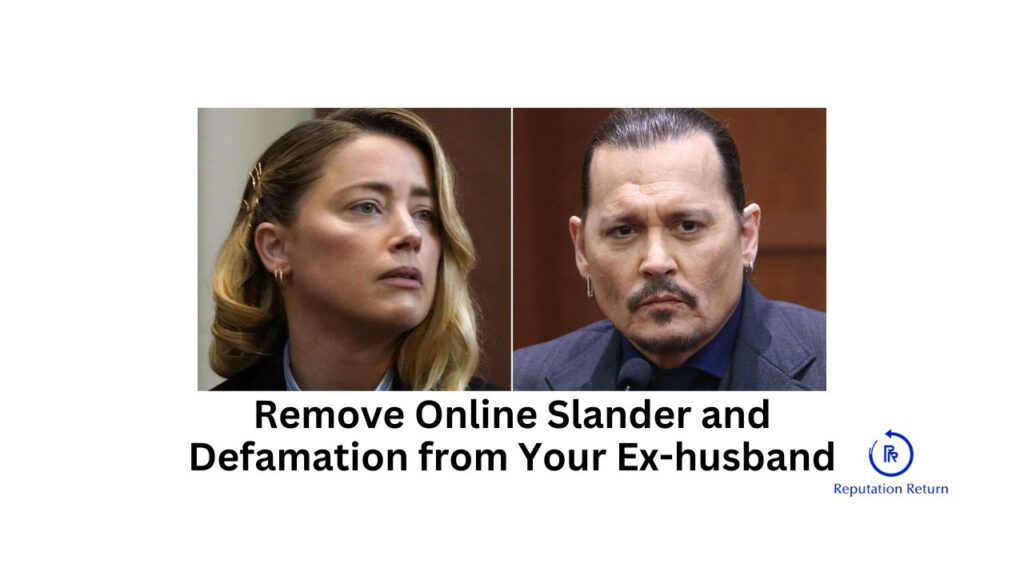
Dealing with online slander and defamation from an ex-husband can be emotionally devastating for a woman. It undermines her sense of security and can tarnish her reputation both personally and professionally. The false accusations and malicious content spread across social media, blogs, or news outlets can lead to feelings of helplessness and betrayal. It may impact her relationships, career opportunities, and overall well-being. Seeking legal advice, documenting evidence, and enlisting the help of online reputation management services like Reputation Return can provide crucial support in reclaiming her online identity and restoring peace of mind.
How to Manage Online Slander & Defamation from an Ex-wife
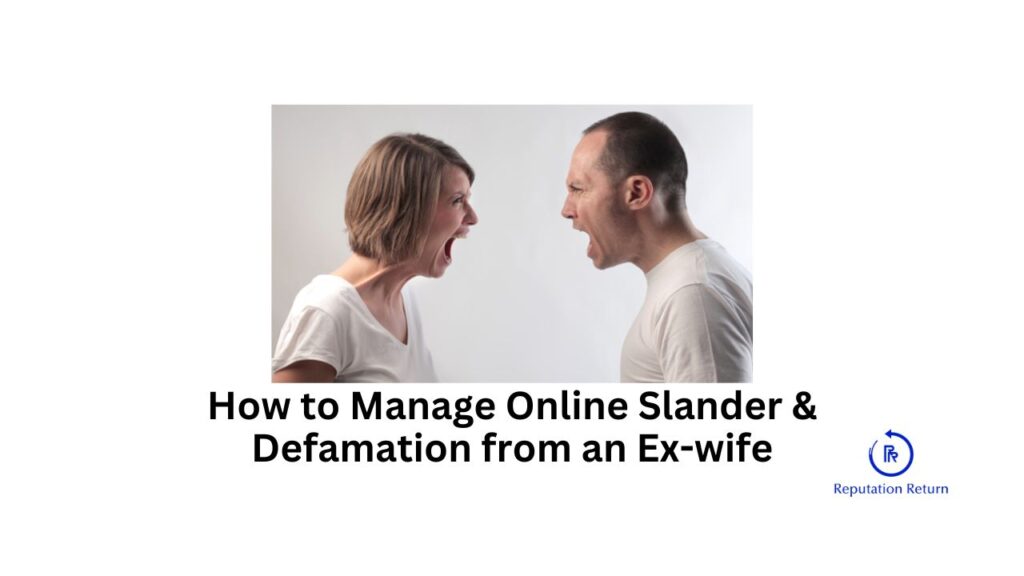
If your ex-wife defames you online, take immediate action to protect your reputation. Start by documenting all defamatory content with screenshots and dates. Report the content to the platform, requesting its removal. Consult an attorney for legal advice and consider sending a cease and desist letter. Enhance your online presence by posting positive content and adjusting privacy settings. Avoid engaging with the defamatory remarks. Seeking support from friends, family, or a therapist can help manage the emotional impact. Hiring an online reputation management company, like Reputation Return, can assist in repairing and maintaining your online image.
The Importance of Being Proactive with Online Reputation Management

Proactive Online Reputation Management
Managing your company’s reputation is crucial. The rapid spread of news, reviews, and rumors can shape public perception before you can respond, making proactive reputation management essential. This involves regularly monitoring your online presence, engaging positively with your community, and building a robust digital footprint. Creating consistent, relevant content and actively managing customer reviews are key strategies. Proactive management helps mitigate potential issues, build trust and loyalty, and enhance business performance. In a complex digital environment, proactive reputation management is a powerful tool for maintaining a positive brand image and ensuring long-term success.
Necessity of a Strong Personal and Individual Reputation Management Strategy

Your online reputation is everything – EVERYTHING! It’s often people’s first impression of you. I’m critical that you proactively optimize your reputation, create great content and suppress anything negative. Learn how Reputation return can help quickly and affordably.
How to Influence Auto-Suggestions on Google Search

When potential customers perform Google searches for your business’s name, they may encounter auto-completed suggestions like “Your Business – Scams” or “Your Business – Bad Reviews.” These suggestions can harm your reputation. Influencing these suggestions can improve your image with prospective clients, partners, employees, and investors.
Deleting Negative Links from Complaints Board: A Step-by-Step Guide
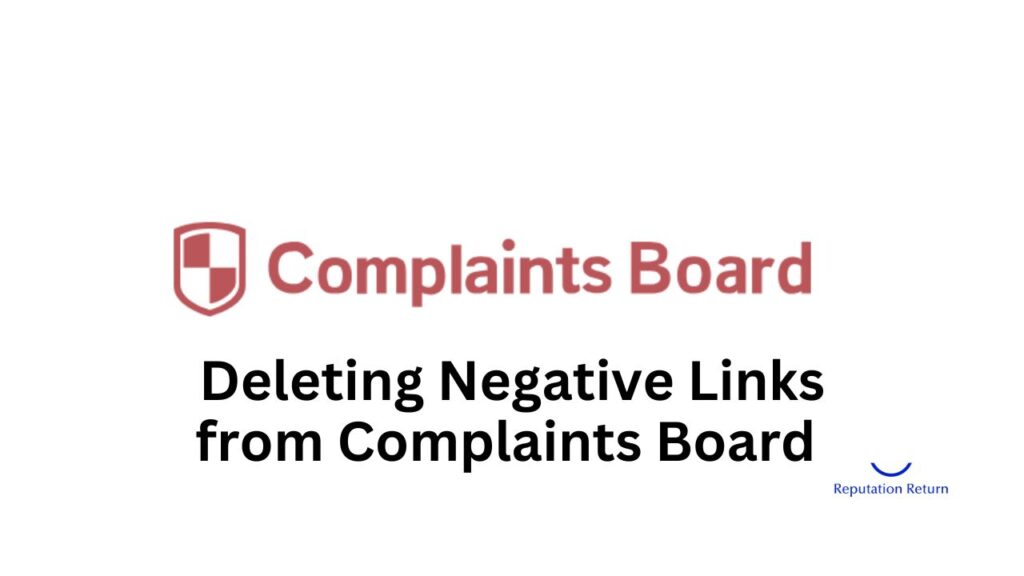
Deleting negative links from Complaints Board involves several steps:
Identify the Negative Link: Note the URL and specifics of the complaint.
Register an Account: Create an account on Complaints Board to manage your responses.
Respond Publicly: Politely address the complaint, offering solutions or clarifications.
Request Removal: Contact Complaints Board through their contact form or support email, requesting removal due to resolution or inaccuracy.
Legal Action: If the content is defamatory, consult a legal professional to send a formal takedown request.
Follow Up: Monitor the status and follow up if necessary to ensure the link is removed.
Steps to Remove Unwanted and Harmful Content from Google Search: A Comprehensive Guide
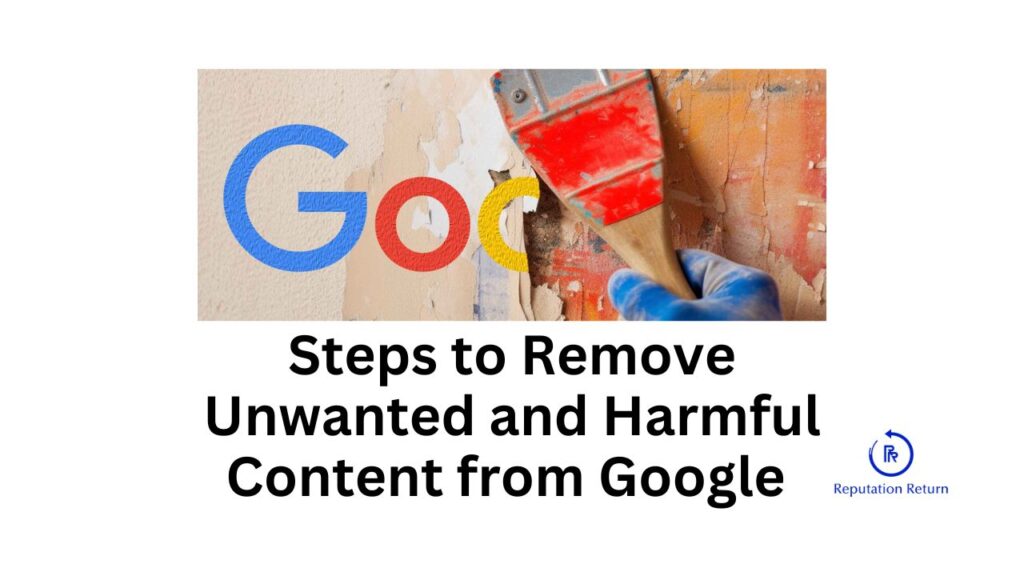
Removing unwanted and harmful content from Google involves several steps:
Identify and Document: Note the URLs and specifics of the harmful content.
Contact the Webmaster: Reach out to the website owner to request content removal.
Use Google’s Tools: Submit a request to Google using their content removal tools, such as the “Remove Outdated Content” tool for content no longer available on the website.
Legal Action: If the content is defamatory or violates your rights, consult a legal professional and consider sending a legal removal request to Google.
Monitor and Follow Up: Continuously monitor the web and follow up as needed to ensure removal.
